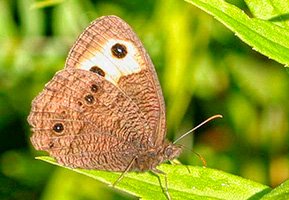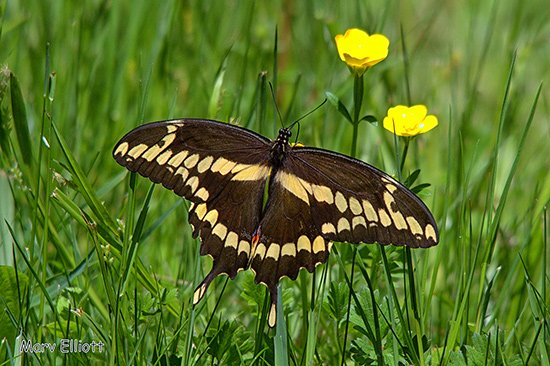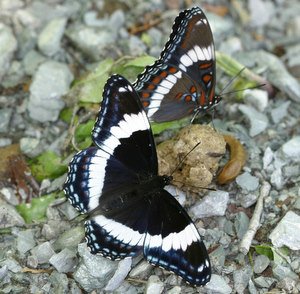 a single Black Swallowtail egg The RCAS West Rutland Annual Butterfly Count took place as on Saturday, July 6, 2013. That in itself was remarkable in the context of an extraordinary persistent rainy season. In spite of temperatures that ranged from a low of 77°F to a high of 86°F participants made every effort to faithfully record the butterfly occurrence or lack of it on this the twentieth count.
a single Black Swallowtail egg The RCAS West Rutland Annual Butterfly Count took place as on Saturday, July 6, 2013. That in itself was remarkable in the context of an extraordinary persistent rainy season. In spite of temperatures that ranged from a low of 77°F to a high of 86°F participants made every effort to faithfully record the butterfly occurrence or lack of it on this the twentieth count.
The numbers probably tell the story best! As indicated this was the 20th annual West Rutland count and that in itself provides twenty years of data. The number of species recorded over the twenty years has ranged from a low of 20, one such data point which was the first year with only one participant, to a high of 47 species. The number of individual butterflies recorded has ranged from a low of 112, this year, to a high of 2,091. Taking a broader or longer term perspective over the 20 years, the average number of species is 32/count and the average number of individual butterflies is 621/count. Doing the math the species count for 2013 is 34% below the running average while the number count of individual butterflies is 81% below the running average.
 Common Wood-NymphWhile there is an understandable disappointment from the participants’ view point in not having the satisfaction of seeing and intercepting a larger number or wider array of butterflies, the effort and data collection is important for the record and future analysis.
Common Wood-NymphWhile there is an understandable disappointment from the participants’ view point in not having the satisfaction of seeing and intercepting a larger number or wider array of butterflies, the effort and data collection is important for the record and future analysis.
The data collected on July 6 for the West Rutland count will be a single snap shot in time and place for the US and Canada that marks its 39th Annual July 4th Butterfly Count sponsored by the North American Butterfly Association.



